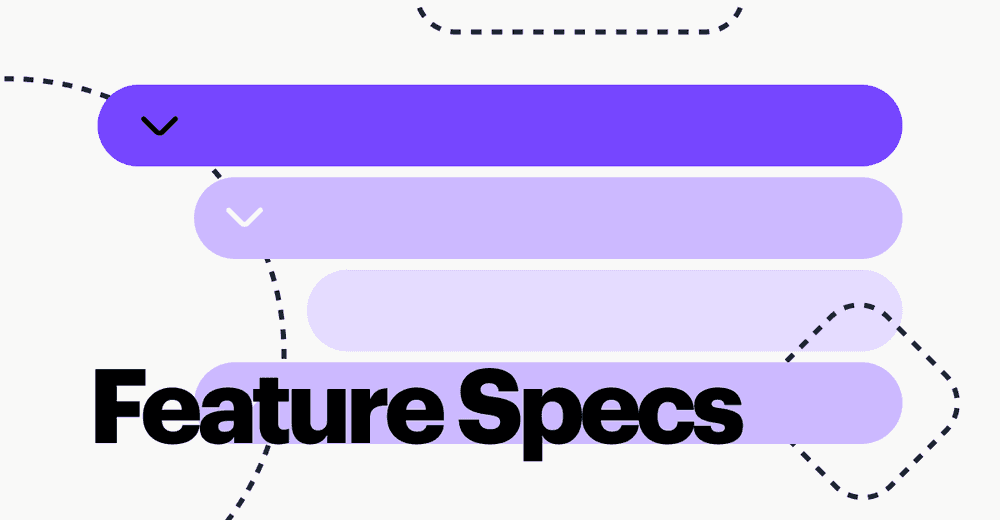Product Idea Validation: How to Do It? [16/100]
A product idea is a problematic thing. Ideas come up in your mind just like that, stay persistently in your head, band together, and wait. Sometimes, waiting becomes impossible for startup ideas, and they turn into the concept of a new product. What then?
Then, you’ve just got one way out of it: to start creating the minimum viable product. This is the most effective strategy for product validation. Why? A minimum viable product release brings you external feedback. Getting started with the development of an actual solution gives your business idea internal feedback. You start discovering technical limitations, functional inconsistencies, internal contradictions, and accumulate loads of useful information. You begin to realize the efforts needed and the possible complexity of the solution.
It is impossible to do product idea validation in your head. Some say Nicola Tesla was able to. But we, mere mortals, have strict limits of speculative startup idea validation. It is difficult for us to play dozens of scenarios in our heads; almost impossible to keep the entire system in our minds. Well, a head of a product leader isn’t a validation board, is it?
Modular decomposition helps with validation, though. Thanks to it, we suddenly can focus on a single chunk of the solution without caring about the whole startup idea at once. But eventually, even here, we’re not secured from integrity loss. Dumping everything you know about the target market, value proposition, and your new product into text and graphics helps too. We suddenly have the luxury to get stuff out of our heads and load it back up later. Unfortunately, as the complexity of a new product increases, loading all ideas back up becomes impossible.
It is much easier to think through a system or an app when you can touch it, poke it, experiment on it, and then consolidate your ideas into a solution.
Even the first simple prototype of a digital product brings lots of new ideas (again 🙌). Your horizon broadens, and space appears for a positive feedback loop. New development directions emerge. There comes a basis for exciting experiments. You practically first cobble a ladder to get out of the pit of your imagination. Then you build a fractal staircase, go stand on it, and see new roads luring. There always comes a new question, and a new answer. Glorious!
The amounts of information grow excessively after you actually start product development. It’s crucial not to drown in the variety of options, so maneuver skillfully. Nobody knows how to maneuver perfectly, and almost nobody can teach you how to. Yet, it’s still possible to learn it.
You should start product development with the key properties of the system. At the very beginning, there’s no point in realizing such trivial tasks as user management or licensing.
Are you building a cool new wiki with automatic smart text formatting (hmm, a cool idea!)? Start by solving the very automatic formatting problem. Maybe it will be a heuristic algorithm, or you’ll need to try out a neural network. Anyways, without solving this key problem, the system is pointless. If you can’t easily distinguish the primary feature, this whole idea has no value, just vibes. Get back to your desk, think.
When the core feature is there in some form, let your system see the world. Time for user testing! Stub other functions, and don’t worry. Kill the inner perfectionist, show the system to real people, to a focus group similar to your potential customer, and collect their feedback. It’s this core feature you’re selling, right? If it doesn’t sell, the whole solution has great problems ahead. Back to your desk and think, again!
The only trouble-free way to validate an idea is to start developing a product. At the stages of a concept or a prototype, all the investors, potential users, experts, early adopters can tell you to buzz off. This, of course, should alarm but not necessarily stop you. If you and the team have faith, the product needs to be released.
On the other hand, you can start developing, and in 2 or 3 months, realize that there’s simply no product in it. The idea turns out to be a brain fart, nothing worthy. Can you know this from advanced speculation? Nah, not really.
And the last thing. You should start product development when you can’t help but make it. When the idea haunts you, fires up your brain, comes to you even in those moments after an orgasm (and sometimes before it). When the idea makes you miss your exit on the road, makes you nod absentmindedly in conversations, ruins your meditations. Now, if you’ve such an idea, you need to go ahead. 🔥
Psst... Wanna try Fibery? 👀
Infinitely flexible product discovery & development platform.


![Be different [23/100]](/blog/static/64355cda924c61c299f2978da5ba6d31/f4829/be-different.jpg)
![5 Biggest Problems in Software Development [22/100]](/blog/static/08512600f4074191672f6e4b07557f7f/d8027/SoftDevProblems.png)